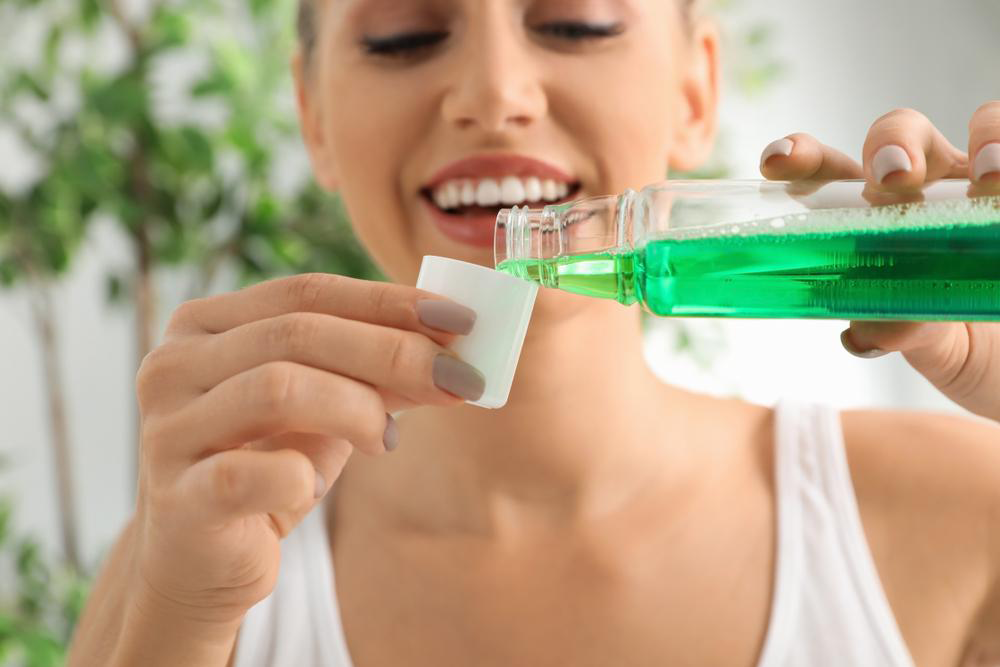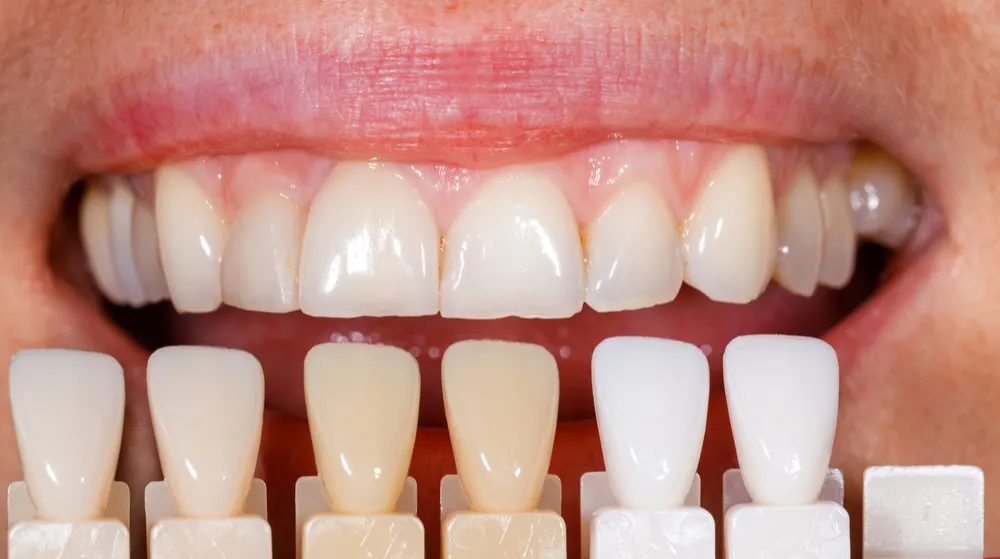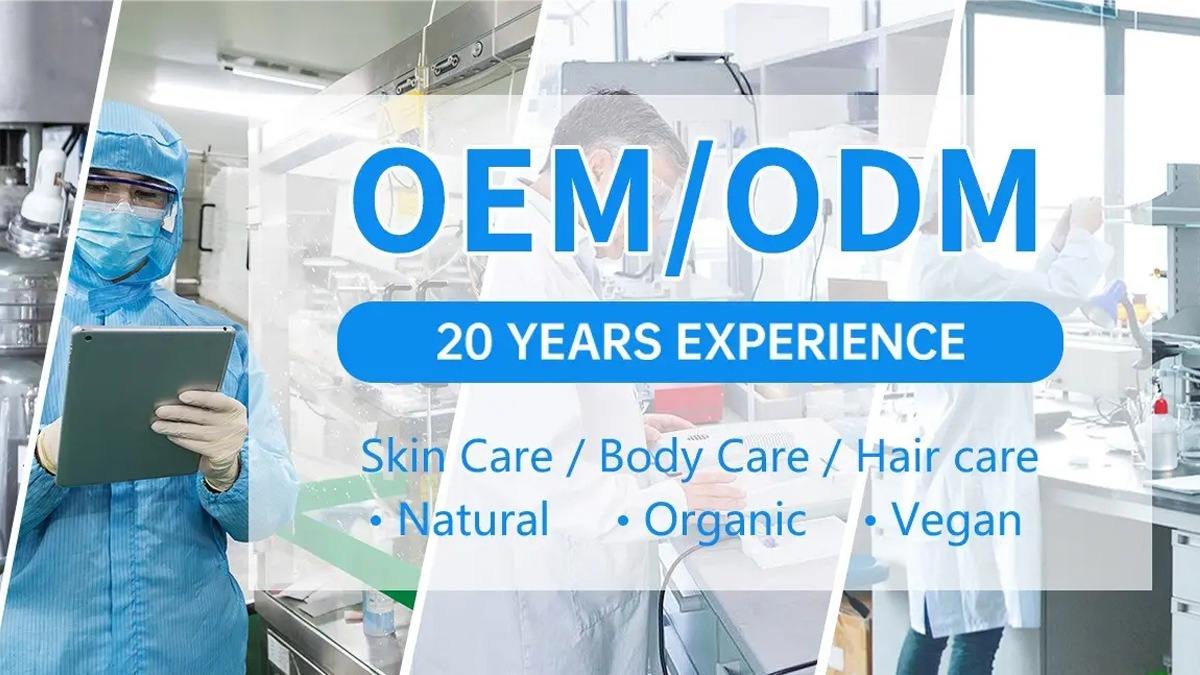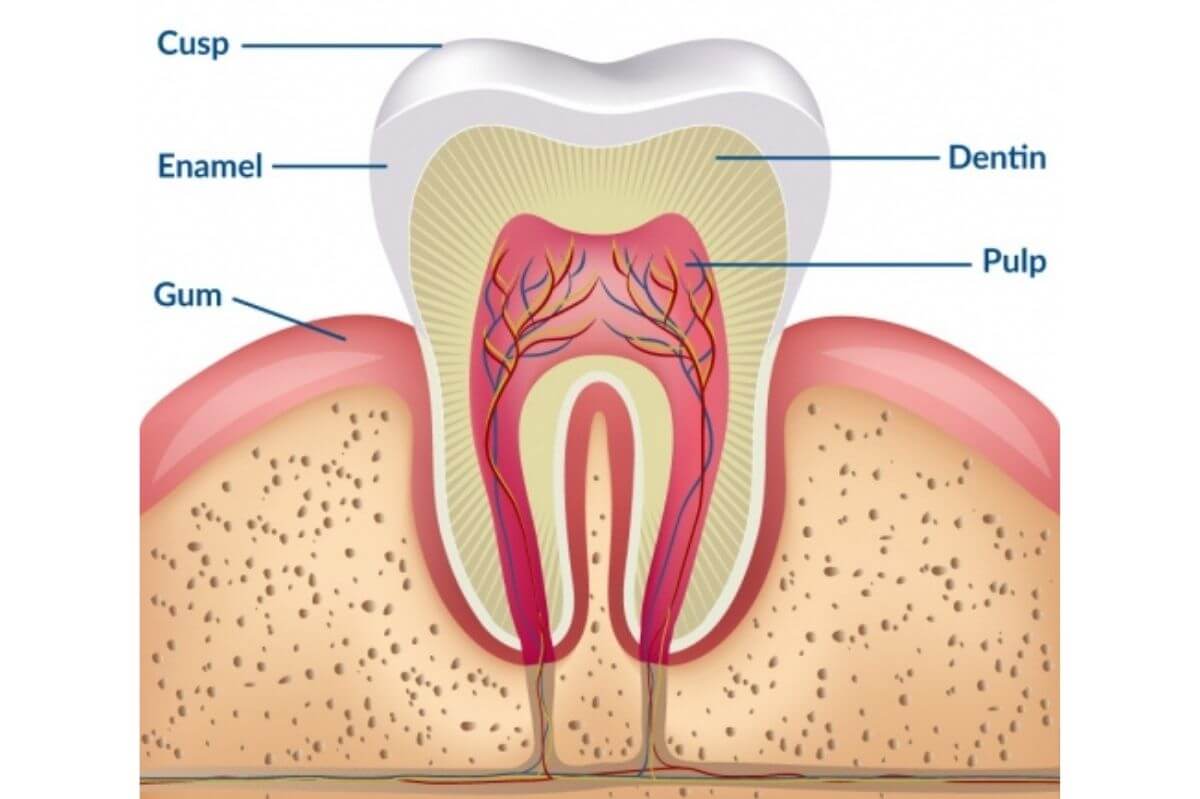Will Mouthwash Stain Teeth? Ingredient analysis
Maintaining a bright and healthy smile is a priority for many, and a regular oral hygiene routine is crucial. Mouthwash, a common addition to brushing and flossing, is often hailed for its ability to freshen breath, fight bacteria, and provide an overall clean feeling. However, a lingering question for many users remains: Will mouthwash stain teeth? In this comprehensive article, we will explore the various factors contributing to tooth staining, the ingredients in mouthwash that may cause discoloration, and tips to maintain a stain-free smile while using mouthwash.
Understanding Tooth Staining: How Does It Occur?
Tooth staining can occur for various reasons, and understanding the root causes is essential to prevent it. There are two main types of tooth stains:
1. Extrinsic Stains
Extrinsic stains affect the outer layer of the tooth, known as the enamel. These stains are often caused by consuming dark-colored foods and beverages such as coffee, tea, red wine, and berries. Smoking and the use of tobacco products are also significant contributors to extrinsic stains. Extrinsic stains are usually easier to remove through regular dental cleanings and over-the-counter whitening products.
2. Intrinsic Stains
Intrinsic stains occur within the tooth’s structure, specifically in the dentin layer beneath the enamel. These stains can result from aging, excessive fluoride exposure during childhood, certain medications like tetracycline, or trauma to the tooth. Intrinsic stains are more challenging to remove and often require professional whitening treatments.
Ingredients in Mouthwash That May Cause Staining
While mouthwash is primarily designed to promote oral health, some formulations contain ingredients that may contribute to tooth discoloration. The most common staining agents found in mouthwash include:
1. Chlorhexidine
Chlorhexidine is a powerful antiseptic commonly found in prescription mouthwashes to treat gum disease and other oral infections. While highly effective at killing bacteria, long-term use of chlorhexidine can lead to brown staining on teeth and tongue. This staining occurs because chlorhexidine binds to tannins in food and beverages, causing a buildup of color on the tooth surface.
2. Cetylpyridinium Chloride 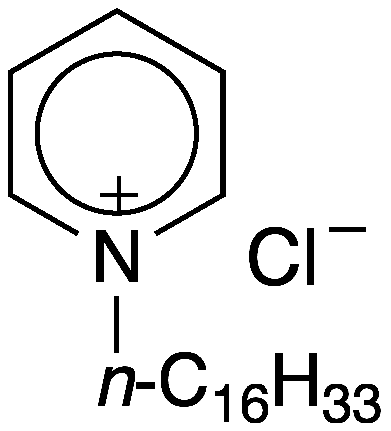
Cetylpyridinium chloride (CPC) is another antiseptic ingredient in many over-the-counter mouthwashes. Like chlorhexidine, CPC effectively reduces plaque and gingivitis but may also cause extrinsic staining with prolonged use. The staining is usually yellow or brown and affects the enamel surface.
3. Essential Oils
Some mouthwashes contain essential oils known for their antimicrobial properties, such as eucalyptol, menthol, thymol, and methyl salicylate. While these oils help fight bad breath and reduce plaque, they can sometimes cause staining, especially when combined with other factors such as poor oral hygiene or frequent consumption of staining foods and drinks.
4. Alcohol
Alcohol is a common ingredient in many mouthwashes, primarily used to dissolve other active ingredients and enhance the freshness of breath. Although alcohol does not cause staining, it can contribute to dry mouth, reducing saliva production. Saliva is crucial for neutralizing acids and washing away food particles; lacking it can make teeth more susceptible to staining.
Preventing Tooth Staining While Using Mouthwash
If you’re concerned about mouthwash staining your teeth, there are several steps you can take to minimize the risk:
1. Choose a Stain-Free Mouthwash
Opt for a mouthwash labeled as “non-staining” or “stain-free.” These formulations typically avoid ingredients like chlorhexidine and CPC, which are known to cause discoloration. Alcohol-free mouthwashes are also a good choice for those who experience dry mouth.
2. Maintain Good Oral Hygiene
Regular brushing and flossing are essential for preventing the buildup of plaque and stains on your teeth. Brush your teeth at least twice a day using fluoride toothpaste and a soft-bristled toothbrush. Floss daily to remove food particles and plaque from between your teeth, where your toothbrush cannot reach.
3. Rinse with Water After Using Mouthwash
After using mouthwash, rinse your mouth with water to remove any residue contributing to staining. This simple step can help reduce the risk of discoloration, mainly if you use a mouthwash containing staining agents.
4. Limit Consumption of Staining Foods and Beverages
Be mindful of your intake of foods and drinks known to stain teeth, such as coffee, tea, red wine, and dark berries. If you consume these items, rinse your mouth with water afterward to help wash away any pigments that could adhere to your teeth.
5. Visit Your Dentist Regularly
Regular dental check-ups and cleanings are crucial for maintaining a healthy, stain-free smile. Your dentist can professionally remove surface stains and provide personalized advice on preventing tooth discoloration.
Natural Alternatives to Traditional Mouthwash
If you’re looking for a mouthwash alternative that is less likely to stain your teeth, consider the following natural options:
1. Baking Soda Rinse
Baking soda is a natural teeth whitener and deodorizer. A rinse made from baking soda and water can help neutralize acids in the mouth and reduce the risk of staining. Mix one teaspoon of baking soda with a glass of water and use it as a mouthwash.
2. Hydrogen Peroxide Rinse
Hydrogen peroxide is another natural whitening agent that can help remove surface stains from teeth. Dilute hydrogen peroxide with water (one part peroxide to two parts water) and use it as a mouth rinse. Be sure to spit it out and rinse your mouth with water afterward, as swallowing hydrogen peroxide can be harmful.
3. Green Tea Rinse
Green tea contains polyphenols that have antimicrobial properties and can help prevent plaque buildup. Brew a cup of green tea, allow it to cool, and use it as a mouthwash. Green tea is less likely to stain teeth than dark beverages like coffee or black tea.
Try Lidercare Now!
We Help You Launch New Products, And Continue To Grow. Try Us With 20% Off Your First Order!
Conclusion: Balancing Oral Health and Aesthetic Concerns
While mouthwash can be a practical addition to your oral hygiene routine, choosing the right product and using it correctly to avoid unwanted tooth staining is essential. By understanding the potential causes of staining and taking preventive measures, you can enjoy the benefits of custom mouthwash without compromising the appearance of your smile. Remember to maintain good oral hygiene, visit your dentist regularly, and consider natural alternatives if you are concerned about staining.
Table of Contents
Awesome! Share to:
Latest Blog Posts
Check out the latest industry trends and take inspiration from our updated blogs, giving you a fresh insight to help boost your business.

